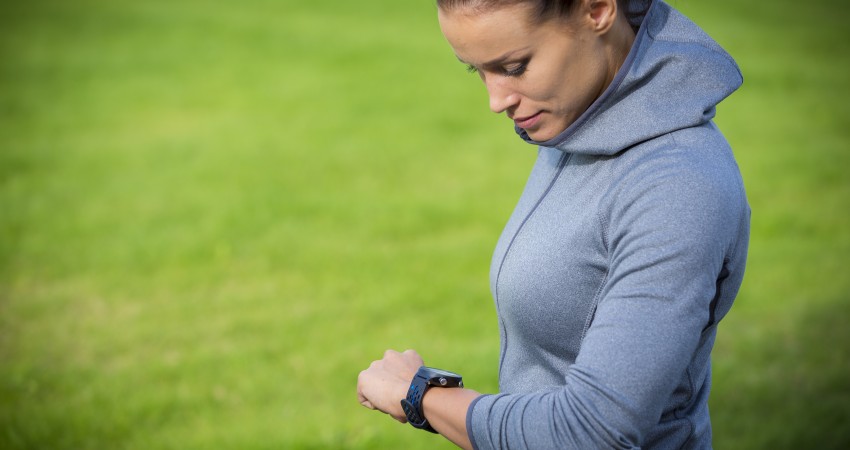Wearable or Wearabubble?
I am off on holiday next week; flying over to France seemed a tad more attractive than The Chunnel at the moment and of course with the joys of flying I will be able to browse around the Duty Free shops. Long gone are the days when the goods on sale were broadly categorised as alcoholic, tobacco, or chocolate. Along with clothes, perfume and hifi there is a new form of contraband on the market; a form of contraband that is designed to make you healthy (it seems out of place already), one that will help you shed pounds and that will turn you into a midlife Olympian. Of course for contraband, maybe I should have written wristband, as sandwiched between the fizz and the fags you are likely to find the likes of FitBit and Fitbug. The wearable technology explosion is happening.
With an estimated global market by 2018 of $5.8bn, the explosion is pretty significant. There are some brands that seem to be maturing and certainly would be considered leaders in the consumer wearable market space, and there are others that have been and gone. Indeed, three years ago I was asked by Contagious Magazine to write a ‘Devil’s Advocate’ piece on the award-winning but now withdrawn Fuelband. The article sat alongside an interview with the uber bright Stefan Olander, Digital VP at Nike. I argued that oversimplifying the data or maybe even making it gimmicky had potential dangers. My view is that people are complicated, health is complicated, and that for years thought leaders around the world have been trying, with varying success, to work out how to get people moving more and adopting healthier lifestyles. If we think of the amount of investment in this area, how much of a return have we seen so far? Would, what was undoubtedly, a smart and fashionable accelerometer really help the people that need the help, the ones who aren’t engaged in physical activity, or would the device simply provide another angle for those compliant in this arena? It is sad that The Fuelband was withdrawn, but I would be amazed if such a pioneering brand doesn’t have something else up its sleeve … or in its sock, shoe or shorts.
In the early days of wearables, there was considerable questioning of the accuracy of devices, ‘Did I really walk 300 steps whilst drinking a beer?’; maybe that is why developers focussed more on ‘look, feel and fashion’. Brands have also matured, by calming down some their messaging, which now seems to be slightly more realistic than it was 3 or 4 years ago.
My view is that wearables are now in a holding period. I think we are able to get a whole host of data in a whole host of ways; the data can be presented with flashing lights and alarms, it can push and it can pull, it can beep and it can whistle. Some devices are now reporting on a couple of metrics and one or two go beyond this and they are starting to piece together a few factors that make up the lifestyle jigsaw, but I have yet to see a consumer device that gives depth and gravitas. There are certainly devices designed for usage by professionals that take things to a pretty deep level, but alongside premium information comes an increased price tag and a more complex user experience. At the moment, the difference between a consumer device and a professional one is still considerable. In my mind, there is a simple decision that needs to be made: either you aim for simplicity and fashion, or detail and accuracy. There is no right or wrong, simply a choice.
So what is next for these devices, will they really underpin our health behaviours, will they help us be more energised, will they ensure I get a great night’s sleep, will they make us more productive at work? Well, I am afraid that in isolation the answer is no and to quote words from my piece from 2013, ‘technology is purely an adjunct rather than the panacea’. However, if technology is put alongside education, motivation and leadership then there is a chance that it will play its part in helping deliver population groups with better health habits, workforces with greater engagement and productivity and give academics objective insights into real life actions.



